Climate change is a global phenomenon that affects every corner of our planet, but perhaps nowhere is it more evident than in our oceans. From rising sea temperatures to ocean acidification, these changes are having profound effects on marine life. Surprisingly, some species are becoming more aggressive and even more dangerous to humans and each other.
1. Sharks on the Move
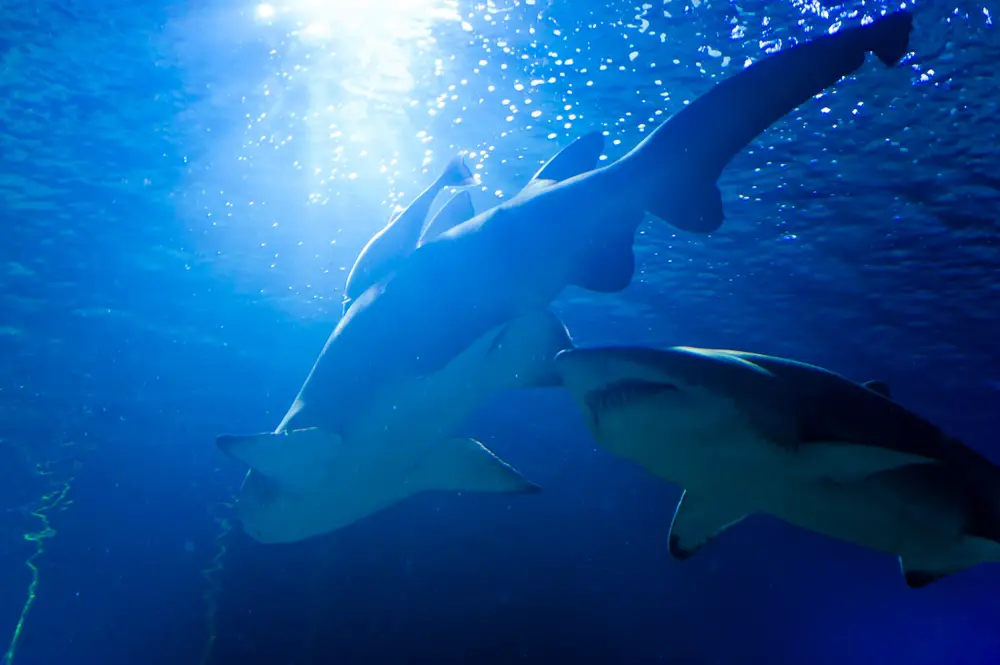
As ocean temperatures rise, sharks are migrating to new areas, increasing the likelihood of encountering humans. Warmer waters are causing an influx of sharks into regions where they were previously uncommon. According to a study from the University of Miami, these movements can lead to more frequent shark attacks in areas that used to be considered safe. The sharks are following prey that are also moving due to temperature changes, and as a result, they end up closer to populated coastlines.
In addition, the stress of these environmental changes can make sharks more aggressive. Warmer water temperatures can also increase their metabolism, leading them to hunt more frequently. As they venture into new territories, they may not only pose a threat to humans but also to local marine ecosystems. The balancing act of predator and prey is disrupted, potentially leading to unforeseen consequences in these new environments.
2. Jellyfish Blooms: Not Just a Nuisance
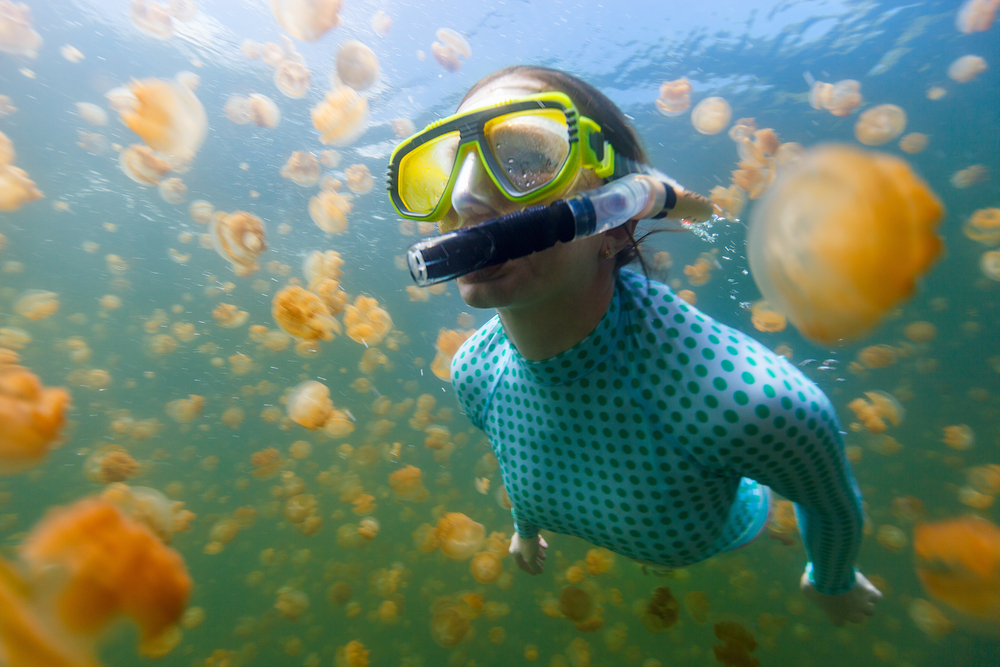
Jellyfish populations are exploding in numbers due to climate change, creating massive blooms that can be dangerous to both marine life and humans. Warmer waters, along with overfishing of their natural predators, are allowing jellyfish to thrive and spread. According to the National Oceanic and Atmospheric Administration (NOAA), these jellyfish blooms can cause significant issues for local fisheries, tourism, and even power stations that rely on seawater.
As jellyfish blooms increase, so does the risk of stings for swimmers and beachgoers. In some cases, these stings can be severe and potentially life-threatening. Jellyfish are also capable of disrupting local ecosystems by outcompeting other species for food. This can lead to a decline in fish populations, further exacerbating the imbalance in marine environments and potentially turning once-thriving areas into barren, jellyfish-dominated waters.
3. The Rise of Aggressive Sea Snakes
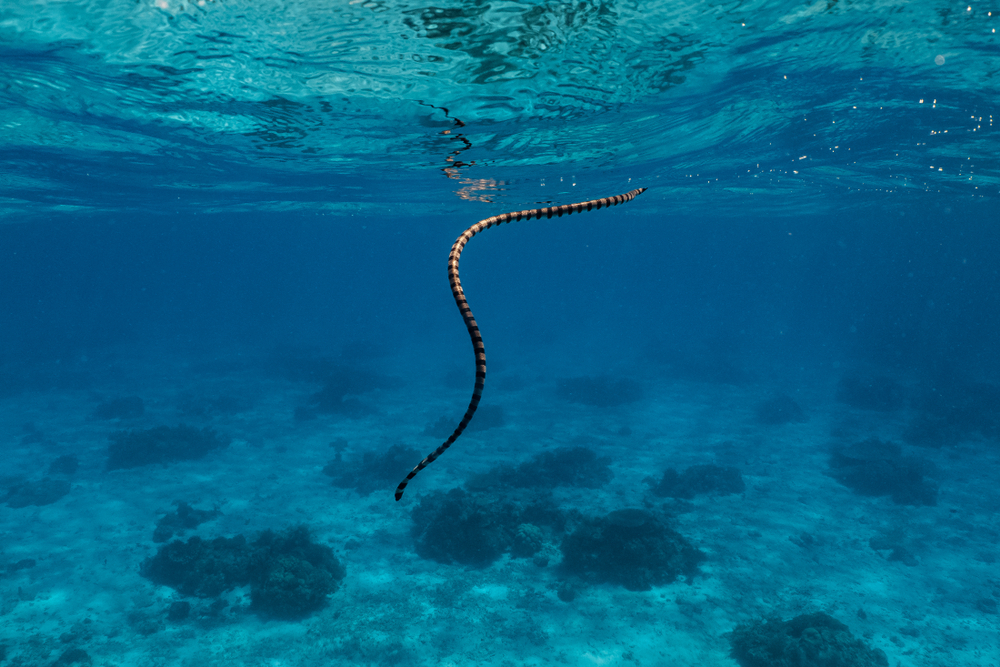
Climate change is altering the behavior of sea snakes, making them more aggressive and unpredictable. These creatures, typically found in warm, tropical waters, are now appearing in areas where they were previously unseen. As rising temperatures impact their habitats, sea snakes are venturing into new regions, increasing the likelihood of human encounters. According to a study published in ScienceDaily, these encounters can sometimes result in venomous bites.
Elevated water temperatures can also influence the behavior of sea snakes, making them more prone to aggression. The stress from changing habitats and food shortages can exacerbate their aggressive tendencies. For marine biologists and ocean-goers alike, this poses a new challenge in understanding and coexisting with these creatures. As the seas continue to warm, it’s crucial to monitor such changes to mitigate any potential risks they may pose to humans and local ecosystems.
4. Octopuses Getting a Little Too Smart
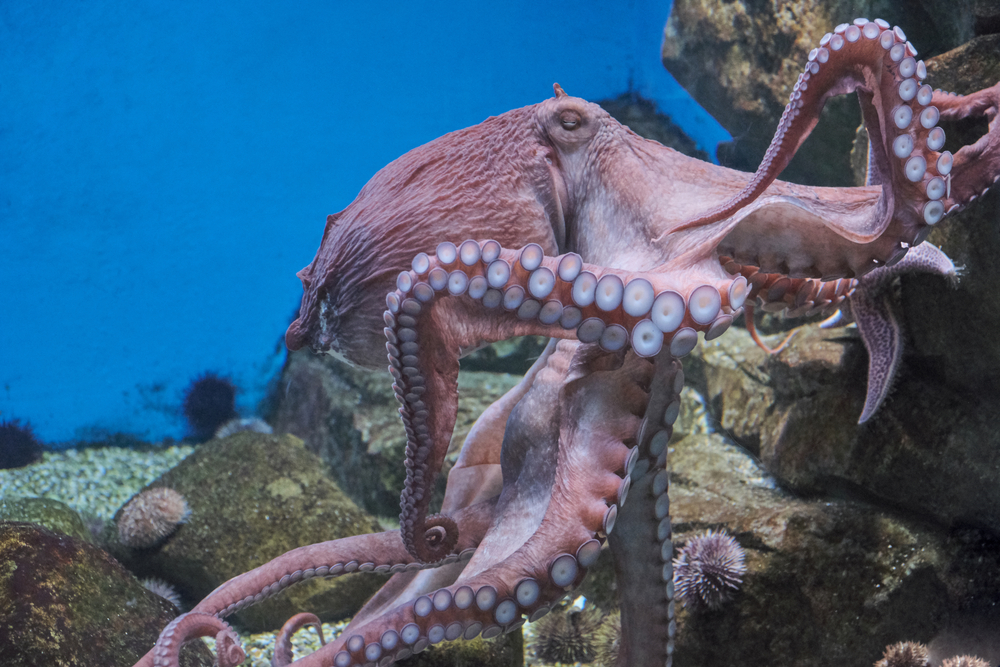
Octopuses are renowned for their intelligence, but climate change is pushing these clever creatures into overdrive. As their environments shift, octopuses are developing new survival strategies that can include more aggressive and bold behavior. With the decline of certain prey species due to warming waters and pollution, octopuses must adapt quickly, sometimes using aggression to secure food. This behavior is putting them in closer contact with humans, as they explore new territories and habitats.
Some researchers believe that the added stress of environmental changes is accelerating their cognitive abilities, making them more cunning and stealthy hunters. While this intelligence can be fascinating, it also makes them more unpredictable and potentially dangerous in encounters with humans. As octopuses adapt to their changing environments, their role in marine ecosystems may also shift, leading to unforeseen impacts on other marine life. These intelligent invertebrates remind us that climate change can have surprising effects on behavior across species.
5. The Invasion of the Lionfish
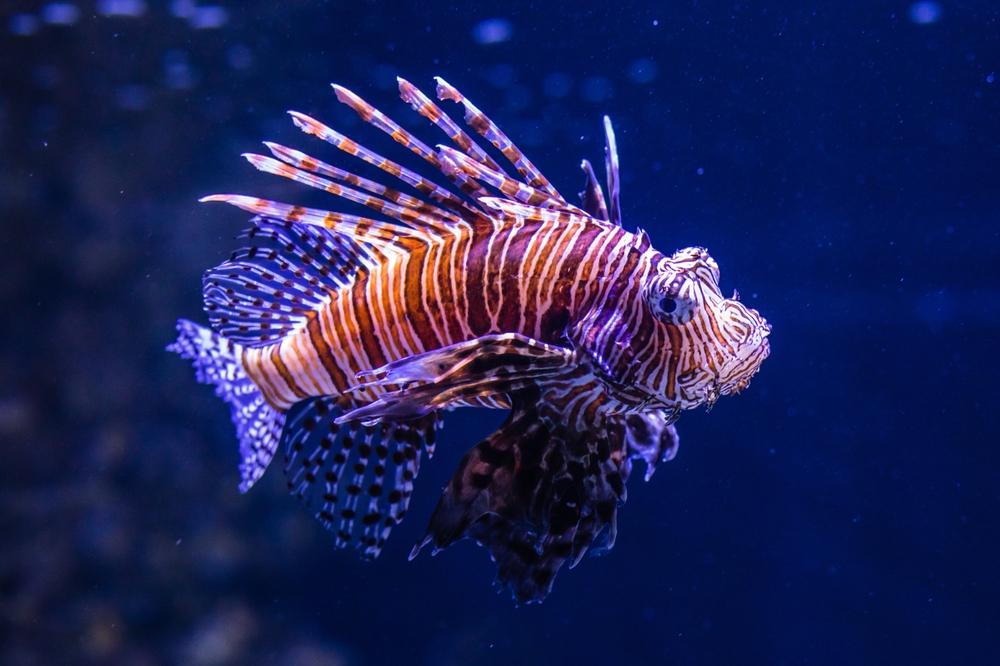
Lionfish, native to the Indo-Pacific, are spreading rapidly across the Atlantic due to warmer ocean temperatures. This invasive species is not only a threat to local marine life but is also becoming more aggressive as it competes with native species for resources. Their venomous spines pose a risk to divers and fishermen, and their presence has been linked to the decline of native fish populations that are crucial for coral reef health.
As climate change continues to alter marine habitats, lionfish are able to expand their range, further exacerbating their impact on ecosystems. These predators consume vital herbivorous fish that help maintain the balance of coral reefs. Without these fish, algae can overgrow, suffocating corals and leading to reef degradation. The lionfish invasion underscores how interconnected climate change impacts can lead to a cascade of environmental challenges.
6. Territorial Aggression in Fish
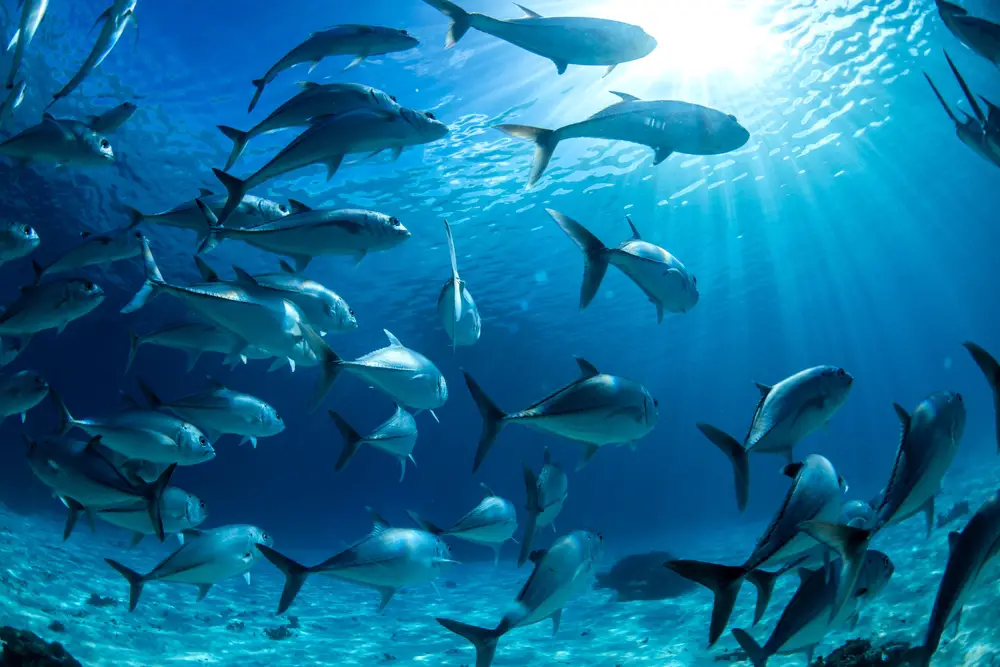
Climate change is causing certain fish species to become more territorial and aggressive as they struggle for limited resources. As ocean temperatures rise, preferred habitats and food sources become scarcer, driving fish to fiercely defend their territory. This increased aggression can result in more frequent and intense conflicts among fish, disrupting the balance of marine ecosystems.
Additionally, these aggressive interactions can lead to physical stress and injuries among fish populations, making them more vulnerable to disease. The ripple effects of these territorial disputes can extend throughout the food chain, affecting predator and prey dynamics. As fish become more aggressive, their interactions with humans, such as in fishing or snorkeling activities, may also become riskier. Understanding and addressing these behavioral changes are crucial for managing healthy fish populations and marine ecosystems.
7. Lobsters on the Attack
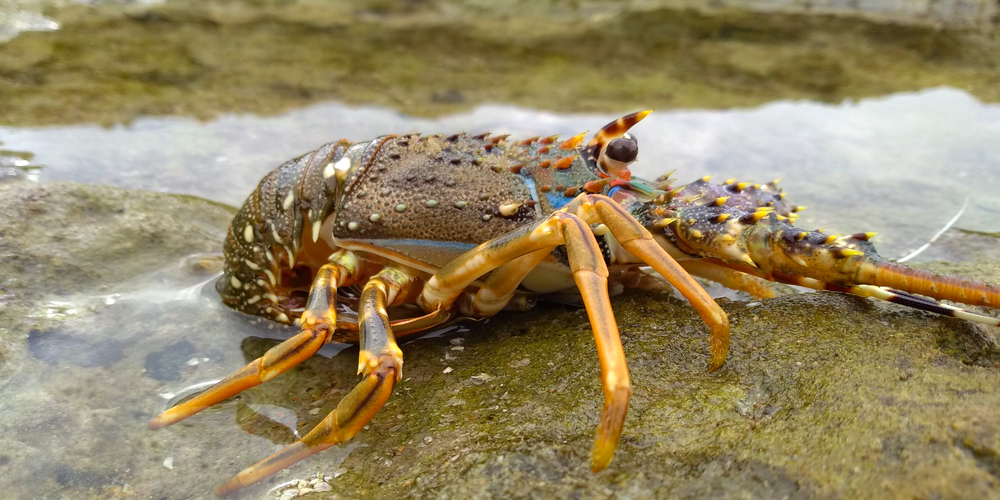
As ocean temperatures rise, lobsters are experiencing changes in their physiology that have led to increased aggression. These crustaceans, typically known for their solitary and reclusive nature, are being forced into closer proximity with one another due to habitat shifts. This crowding can lead to more frequent conflicts and aggressive behaviors as they compete for food and space.
Moreover, warmer waters are affecting the lobsters’ metabolic rates, increasing their need for food and making them more prone to aggressive encounters. This new behavior poses a risk to fishermen who handle them and could also disrupt local marine ecosystems. As lobsters become more contentious, there could be significant implications for the fishing industry, which relies heavily on these crustaceans for economic sustainability. Monitoring these behavioral shifts is essential for ensuring the long-term viability of lobster populations.
8. Aggressive Behavior in Dolphins
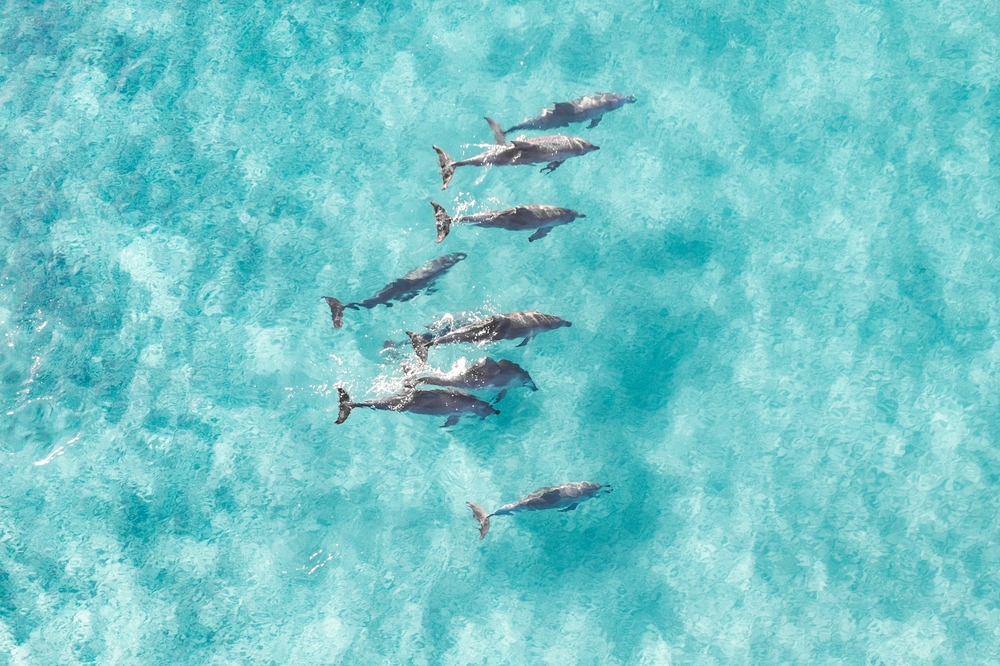
Dolphins are known for their playful nature, but climate change is causing some populations to exhibit more aggressive behavior. As their prey moves or diminishes due to changing ocean conditions, dolphins are finding themselves in new territories or competing more fiercely for food. This can lead to more aggressive interactions both among dolphins and with other marine species.
In addition, increased human activity in coastal areas due to warmer climates can lead to more frequent dolphin-human interactions. Stress from these interactions, including competition for fish, can further exacerbate aggressive tendencies in dolphins. Understanding these changes is crucial for ensuring safe and positive encounters between humans and dolphins, as well as for preserving the health of marine ecosystems. As climate change continues to alter ocean dynamics, these intelligent mammals must adapt to survive, sometimes in ways that can be unpredictable and potentially dangerous.
9. Sea Urchins: The New Undersea Bullies
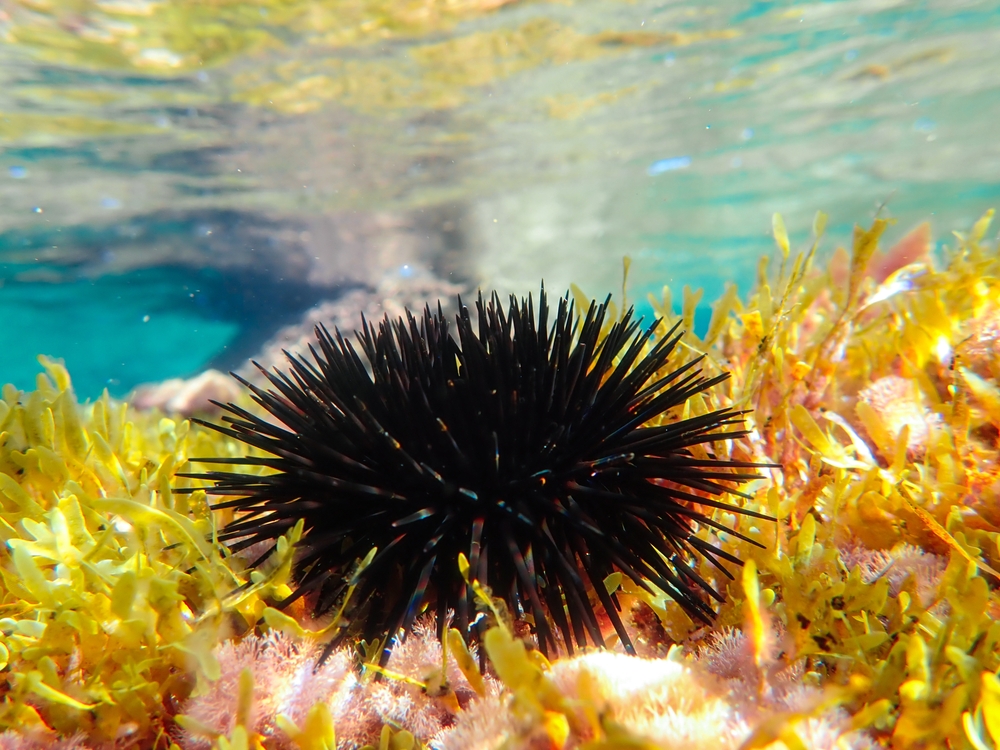
Sea urchins are becoming more aggressive and invasive as climate change alters their natural habitat. Warmer waters and the decline of natural predators have allowed sea urchin populations to explode, particularly in areas like the Mediterranean and parts of Australia. These spiky creatures can overgraze on kelp forests, leading to barren underwater landscapes known as “urchin barrens.”
This aggressive expansion not only alters the habitat but also impacts the entire ecosystem that relies on kelp forests for food and shelter. As sea urchins spread, they can severely disrupt local fisheries and the balance of marine life. Divers and snorkelers need to be cautious as encounters with these creatures become more frequent and potentially harmful due to their sharp spines. As with many cases in this listicle, understanding the ecological impacts of these changes is vital to mitigating long-term damage.
10. Crab Conflicts
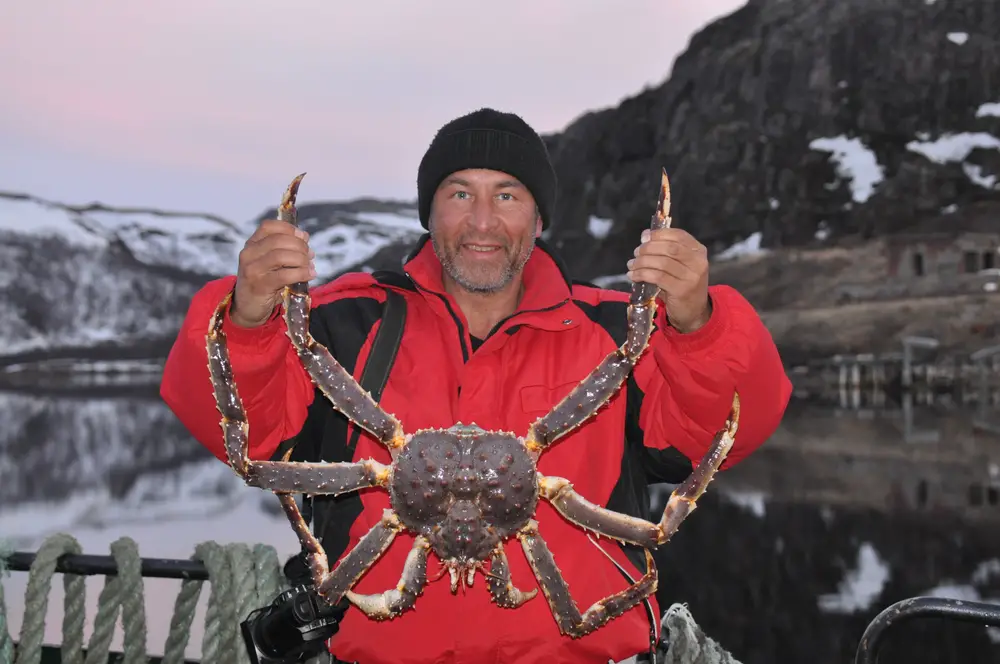
Crabs are becoming more aggressive as they adapt to the pressures of a changing ocean environment. These crustaceans are facing new challenges as their habitats are impacted by rising temperatures and ocean acidification. In response, some crab species are displaying increased aggression towards one another and other species as they compete for dwindling resources.
This behavior can lead to intense territorial disputes and increased stress levels among crab populations, potentially affecting their reproduction and survival. Moreover, the aggressive interactions can alter predator-prey dynamics, impacting the broader marine ecosystem. For fishermen, handling more aggressive crabs can pose new risks, necessitating changes in fishing practices and safety measures. As crabs continue to adapt to a changing world, these behavioral shifts highlight the complex ways climate change is affecting marine life.
11. Polar Bears: From Ice to Water
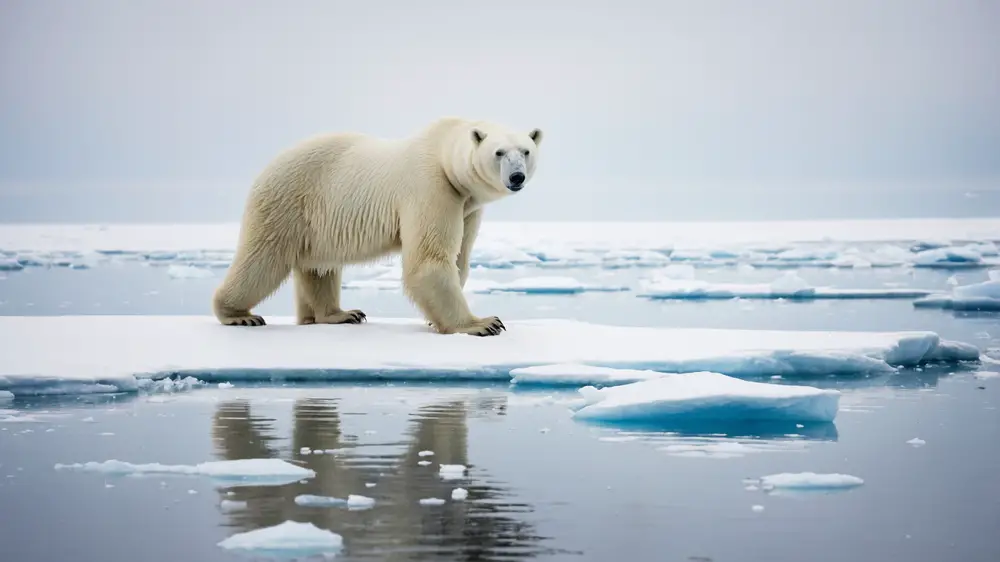
While not entirely ocean animals, polar bears are heavily reliant on the marine environment, and climate change is dramatically altering their behavior. As Arctic ice melts, polar bears are spending more time in the water and are forced to travel greater distances in search of food. This increased time in the water can lead to more aggressive hunting techniques as they become more desperate.
With limited access to their traditional prey like seals, polar bears are exploring new territories and sometimes resorting to cannibalism or scavenging human settlements for food. This shift in behavior poses new risks to humans and highlights the urgent need for conservation efforts. As these apex predators adapt to their changing environment, their interactions with both humans and other marine species become increasingly complex. Understanding and addressing these changes is critical for preserving the polar bear population and the delicate balance of the Arctic ecosystem.
12. Whales Becoming More Assertive
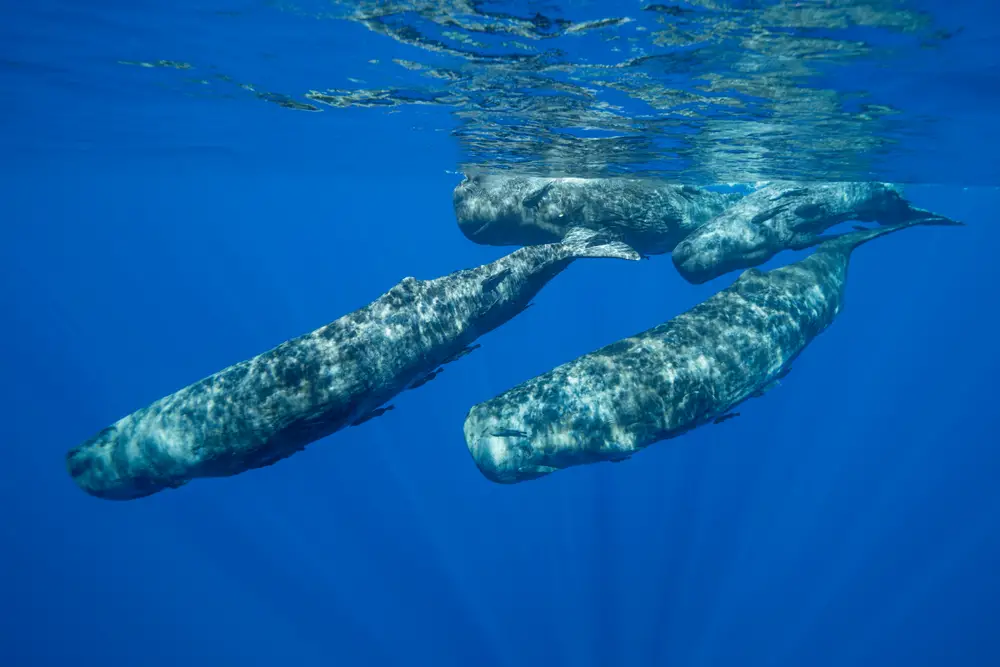
Whales, the gentle giants of the ocean, are beginning to exhibit more assertive behaviors as climate change impacts their environment. Changes in ocean currents and temperature can affect the availability of krill and other food sources, leading some whales to aggressively compete for these limited resources. In some cases, this competition can result in more frequent and intense confrontations among whale pods.
These behavioral shifts can also lead to more interactions with human vessels, as whales search for food in new areas. Increased human-whale interactions pose risks for both parties, with potential for collisions and other conflicts. As these magnificent creatures adapt to the challenges of a changing ocean, it’s important for researchers and conservationists to monitor these behaviors to ensure the safety and preservation of whale populations. The changing behavior of whales is yet another reflection of how climate change is reshaping the natural world in unexpected ways.
